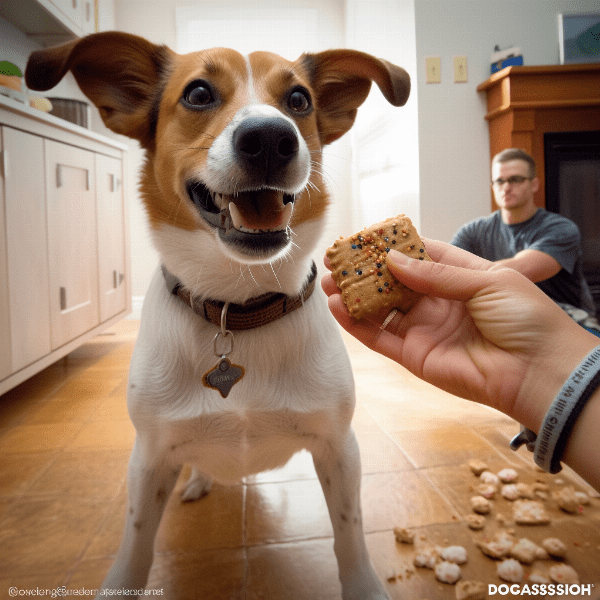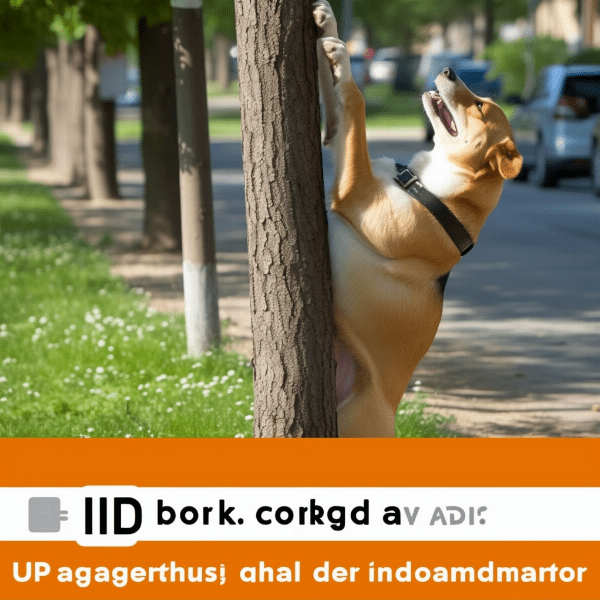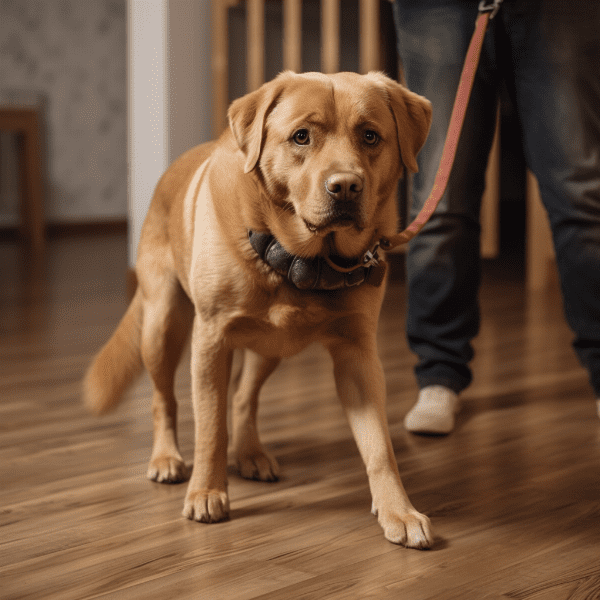Table of Contents
- Understanding Why Dogs Mark
- Identifying Marking Behaviors in Dogs
- Training Techniques to Stop Marking
- Consistency is Key: Maintaining a Routine
- Using Positive Reinforcement to Stop Marking
- Deterrents and Repellents for Marking
- Managing Your Dog’s Environment
- Seeking Professional Help for Persistent Marking
- Tips for Preventing Future Marking
- Celebrating Success: Marking-Free Milestones
Understanding Why Dogs Mark
Marking is a natural behavior for dogs. It is their way of communicating with other dogs and leaving their scent behind to claim their territory. However, it can become problematic when your dog starts marking inside your home or in inappropriate places.
Hormonal Influences on Marking Behavior
Hormonal changes can influence marking behavior in dogs. Intact male dogs, for example, are more likely to mark than neutered males or females. Female dogs can also mark, especially during their heat cycle.
Territorial Marking
Territorial marking is the most common type of marking behavior. Dogs mark to establish their territory and ward off other dogs. They may mark at entrances or around the perimeter of their territory to create a “scent boundary.” Territorial marking can be triggered by changes in the environment, such as the introduction of a new pet or a new family member.
Anxiety-Induced Marking
Dogs can also mark due to anxiety or stress. This type of marking behavior is often triggered by changes in routine, such as moving to a new home or when left alone for extended periods. In these cases, marking is a coping mechanism for dogs to deal with their anxiety.
Social Marking
Social marking occurs when dogs mark in response to the scent of another dog’s marking. It is a way for dogs to communicate and establish social relationships with other dogs. Social marking is often seen in pack settings or in multi-dog households.
In conclusion, understanding why dogs mark is essential in developing effective solutions to prevent marking behavior. The next section will identify marking behaviors in dogs to help you recognize when your dog is marking.
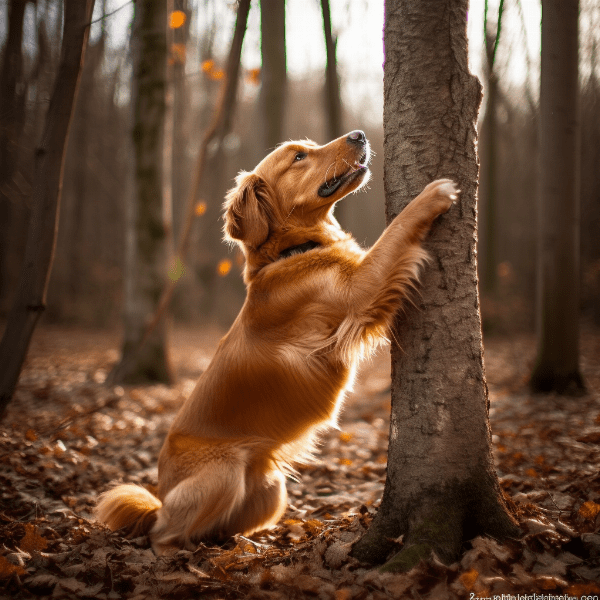
Identifying Marking Behaviors in Dogs
Recognizing the signs of marking behavior in dogs is crucial in addressing the issue. Here are some behaviors to look out for:
Lifting of the Leg or Squatting
When a male dog lifts his leg or a female dog squats, it is a sign that they are about to mark. If your dog does this inside your home, it is a clear indication that they are marking their territory.
Sniffing and Scratching
Dogs use their sense of smell to detect other dog’s markings. If you notice your dog sniffing around a particular spot and then scratching at it, they may be marking or planning to mark that spot.
Frequent Marking
If your dog marks the same spot repeatedly, it is a sign that they are trying to establish their territory. This behavior is often seen in multi-dog households or when there are changes in the environment.
Anxiety-Induced Behaviors
Dogs that mark due to anxiety may display other behaviors such as panting, pacing, or whining. If you notice these behaviors along with marking, it is a sign that your dog is experiencing anxiety.
Scent Marking
Dogs use scent marking to communicate with other dogs. If your dog is frequently sniffing or marking around a particular area, it may be in response to another dog’s marking.
In conclusion, identifying the marking behaviors of your dog is essential in finding the right solutions to stop the behavior. The next section will discuss effective training techniques to stop marking behavior in dogs.

Training Techniques to Stop Marking
Stopping marking behavior in dogs requires consistent training and positive reinforcement. Here are some effective techniques to try:
Consistent Correction
Correcting your dog every time they start to mark is a crucial part of the training process. Use a firm and authoritative tone of voice to say “no” and redirect your dog’s attention to a toy or treat. Consistent correction will help your dog understand that marking is not acceptable behavior.
Interrupt Marking Behavior
Interrupting your dog’s marking behavior can be an effective technique. Use a spray bottle filled with water or a sharp noise like a clap to startle your dog and interrupt their behavior. This will teach them that marking is not acceptable and may discourage them from doing it again.
Crate Training
Crate training can be an effective way to prevent marking behavior. When you cannot supervise your dog, confine them to a crate. This will help prevent accidents and teach your dog to hold their bladder and bowels until it is time to go outside.
Keep Your Dog Active
Dogs that are bored or have pent-up energy are more likely to mark. Make sure your dog gets enough exercise and playtime to keep them stimulated and satisfied.
In conclusion, training your dog to stop marking requires patience, consistency, and positive reinforcement. The next section will discuss how to maintain a routine to prevent marking behavior in dogs.
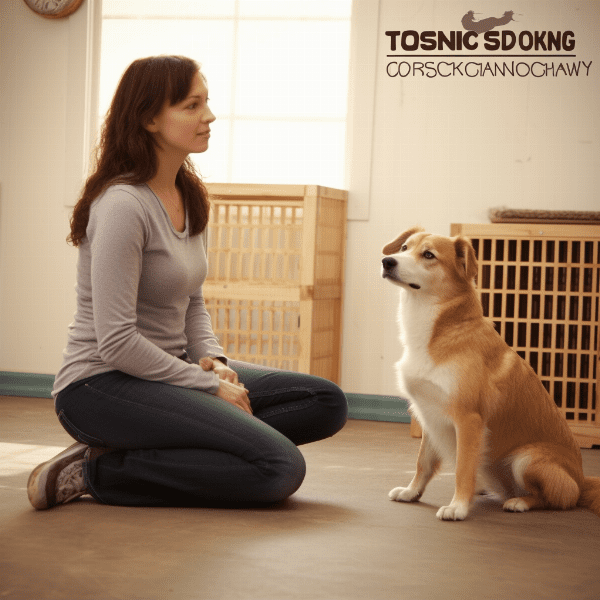
Consistency is Key: Maintaining a Routine
Maintaining a consistent routine is essential in preventing marking behavior in dogs. Here are some ways to establish and maintain a routine:
Establish a Feeding Schedule
Feeding your dog at the same time every day can help regulate their digestive system and prevent accidents. It also helps you anticipate when your dog will need to go outside and reduce the likelihood of marking behavior.
Set Regular Potty Breaks
Establishing regular potty breaks is crucial in preventing accidents and marking behavior. Take your dog outside on a regular schedule, such as every two to three hours. This will also help your dog develop a routine and understand when it is time to go outside.
Use the Same Walking Route
Walking your dog on the same route every day can help establish a routine and reduce their anxiety. This will also help your dog become familiar with the smells and sounds of the environment, making them less likely to mark.
Consistency in Training
In conclusion, maintaining a routine is crucial in preventing marking behavior in dogs. By establishing regular feeding and potty breaks, using the same walking route, maintaining a clean environment, and being consistent in training, you can help your dog understand what is expected of them and reduce the likelihood of marking behavior.

Using Positive Reinforcement to Stop Marking
Positive reinforcement is a powerful tool in training your dog to stop marking behavior. Here are some ways to use positive reinforcement effectively:
Reward Good Behavior
When your dog demonstrates good behavior, reward them with praise, treats, or playtime. This will help reinforce positive behaviors and encourage your dog to continue behaving well.
Ignore Bad Behavior
Ignoring bad behavior is sometimes more effective than punishment. When your dog starts to mark, ignore them and redirect their attention to a toy or treat. This will teach your dog that good behavior is rewarded and bad behavior is not.
Clicker Training
Clicker training is a form of positive reinforcement that uses a clicker to signal to your dog when they have done something right. When your dog performs the desired behavior, click the clicker and immediately reward them with a treat. This technique helps your dog understand what behavior is being rewarded and encourages them to repeat it.
Use Verbal Praise
Verbal praise is a powerful way to reinforce good behavior in your dog. Use phrases like “good boy” or “good girl” when your dog demonstrates positive behaviors. This will help your dog understand when they are doing something right and encourage them to repeat it.
Be Patient
Positive reinforcement takes time and patience. Be consistent in your training and reinforce positive behaviors consistently. Your dog will eventually learn what behaviors are expected of them and will respond accordingly.
In conclusion, using positive reinforcement to stop marking behavior is an effective way to train your dog. Rewarding good behavior, ignoring bad behavior, using clicker training, using verbal praise, and being patient are all effective ways to use positive reinforcement in your training.

Deterrents and Repellents for Marking
There are several deterrents and repellents that can help prevent marking behavior in dogs. Here are some effective methods to try:
Citrus Scents
Dogs dislike the smell of citrus. You can use citrus-scented sprays or candles to deter your dog from marking. Simply spray or place the item in the area where your dog is likely to mark.
Vinegar Solution
A vinegar solution is a natural and effective way to deter your dog from marking. Mix equal parts of water and vinegar in a spray bottle and use it to spray areas where your dog has marked. The scent of vinegar will repel your dog and discourage them from marking in the same spot again.
Repellent Sprays
Commercially available repellent sprays can be effective in preventing marking behavior. These sprays contain scents that are unpleasant to dogs, such as bitter apple or cayenne pepper. Simply spray the area where your dog is likely to mark.
Ultrasonic Devices
Ultrasonic devices emit a high-pitched sound that is unpleasant to dogs. These devices can be used to deter your dog from marking in certain areas. They can be placed in areas where your dog is likely to mark or carried with you on walks.
Enzymatic Cleaners
Enzymatic cleaners are effective in removing the odor of urine and feces. Using these cleaners will help eliminate the scent of previous markings, reducing the likelihood of your Dog marking in the same spot again.
In conclusion, using deterrents and repellents is an effective way to prevent marking behavior in dogs. Citrus scents, vinegar solution, repellent sprays, ultrasonic devices, and enzymatic cleaners are all effective methods to try. It is important to note that these methods work best when used in conjunction with consistent training and positive reinforcement.
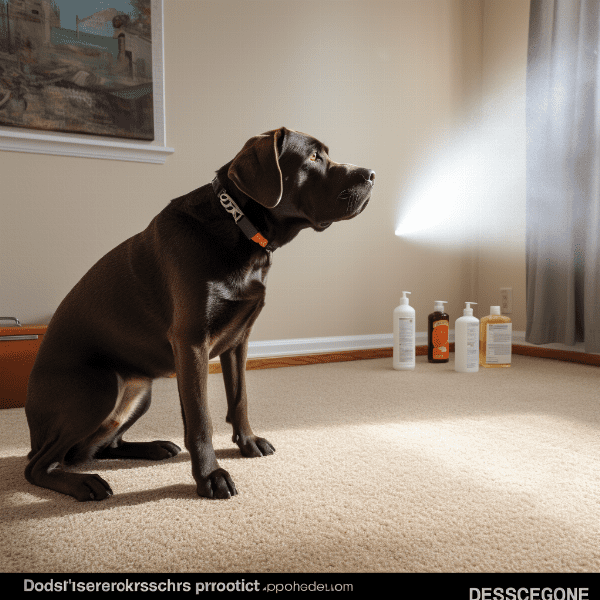
Managing Your Dog’s Environment
Managing your dog’s environment is essential in preventing marking behavior. Here are some ways to manage your dog’s environment effectively:
Supervision
Supervision is key in preventing marking behavior. Keep a close eye on your dog, especially when they are in a new environment or around other dogs. This will help you anticipate when your dog is likely to mark and redirect their attention before it happens.
Limit Access
Limiting your dog’s access to certain areas can be an effective way to prevent marking behavior. If your dog is marking in a particular room or area, consider restricting their access until the behavior has stopped.
Use Baby Gates
Baby gates can be a useful tool in managing your dog’s environment. They can be used to block off areas of your home or to confine your dog to a specific area when you are unable to supervise them.
Consider a Belly Band
A belly band is a fabric wrap that goes around your dog’s belly and prevents them from marking. This can be a useful tool in managing marking behavior while you are working on training and positive reinforcement techniques.
In conclusion, managing your dog’s environment is an important part of preventing marking behavior. Supervision, limiting access, using baby gates, providing plenty of toys, and considering a belly band are all effective ways to manage your dog’s environment and prevent marking behavior.

Seeking Professional Help for Persistent Marking
If your dog’s marking behavior persists despite your best efforts, it may be time to seek professional help. Here are some reasons to consider seeking professional help:
Medical Issues
Marking behavior can sometimes be a sign of a medical issue. For example, urinary tract infections can cause frequent urination and accidents. If you suspect that your dog’s marking behavior is due to a medical issue, it is important to consult with your veterinarian.
Behavioral Issues
Marking behavior can also be a sign of a behavioral issue. A professional dog trainer or behaviorist can help you identify the underlying cause of your dog’s marking behavior and develop a tailored plan to address the issue.
Prescription Medication
In some cases, prescription medication may be necessary to treat marking behavior. A veterinarian or veterinary behaviorist can prescribe medication to help reduce anxiety and prevent marking behavior.
Additional Training
If you have tried training and positive reinforcement techniques and your dog’s marking behavior persists, additional training may be necessary. A professional dog trainer can provide specialized training to help your dog overcome marking behavior.
In conclusion, seeking professional help is a crucial step in addressing persistent marking behavior in dogs. Whether it is due to medical issues, behavioral issues, prescription medication, or additional training, a professional can provide tailored solutions to help your dog stop marking.
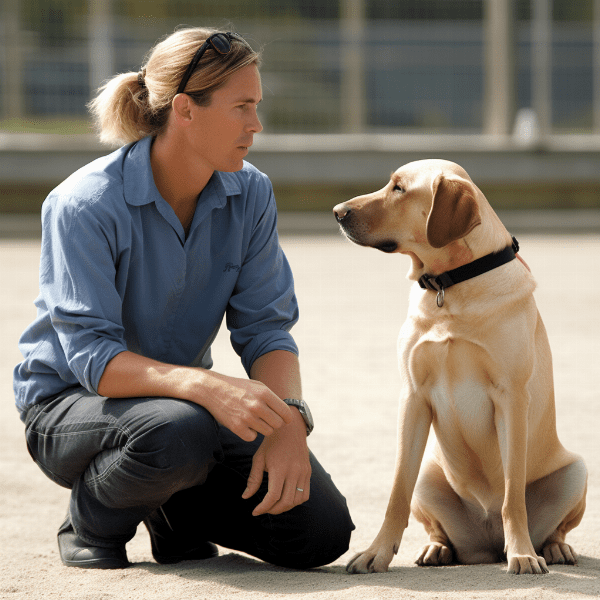
Tips for Preventing Future Marking
Preventing future marking behavior in dogs requires ongoing effort and consistency. Here are some tips to help prevent future marking:
Spay or Neuter Your Dog
Spaying or neutering your dog can reduce their desire to mark their territory. This can be a particularly effective solution for male dogs.
Provide Plenty of Exercise
Providing your dog with plenty of exercise and playtime can help reduce their anxiety and boredom, which can lead to marking behavior. Make sure to provide a variety of activities that are appropriate for your dog’s size and activity level.
Keep Your Home Clean
Keeping your home clean and odor-free is essential in preventing future marking behavior. Use an enzymatic cleaner to remove any traces of urine or feces. This will help reduce the likelihood of your dog marking in the same spot again.
Use Positive Reinforcement
Using positive reinforcement is an effective way to prevent future marking behavior. Reward good behavior with treats, praise, or playtime. This will help reinforce positive behaviors and discourage marking.
Be Consistent
Consistency is key in preventing future marking behavior. Make sure everyone in your household is using the same training techniques and corrections. This will help your dog understand what is expected of them and reduce confusion.
In conclusion, preventing future marking behavior requires ongoing effort and consistency. Spaying or neutering your dog, providing plenty of exercise, keeping your home clean, using positive reinforcement, and being consistent are all effective ways to prevent future marking behavior in your dog.
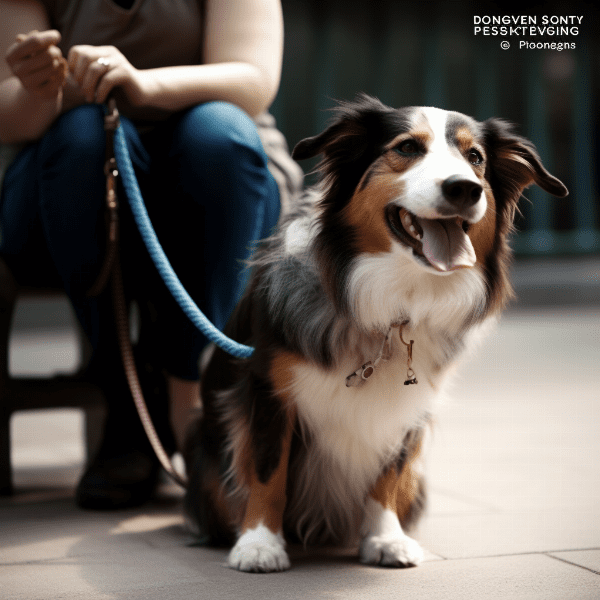
Celebrating Success: Marking-Free Milestones
Stopping marking behavior in dogs is a challenging process, but celebrating your dog’s successes can be a powerful motivator. Here are some ways to celebrate marking-free milestones:
Verbal Praise
Verbal praise is a simple but effective way to celebrate your dog’s successes. Use phrases like “good job” or “way to go” to show your dog that you are proud of them.
Treats
Treats are a popular way to celebrate your dog’s successes. Give your dog a special treat when they go a certain amount of time without marking. This will help reinforce positive behaviors and encourage your dog to continue behaving well.
Toys
Toys can also be a fun way to celebrate marking-free milestones. Give your dog a new toy when they reach a certain milestone, such as going a week without marking.
Playtime
Playtime is a great way to celebrate your dog’s successes and bond with them. Take your dog on a special outing or play their favorite game with them when they reach a significant milestone.
Social Media
Sharing your dog’s successes on social media can be a fun way to celebrate their achievements and connect with other dog owners. Share a photo or video of your dog and their milestone, and use a fun hashtag to spread the word.
In conclusion, celebrating your dog’s marking-free milestones is an important part of the training process. Verbal praise, treats, toys, playtime, and social media are all effective ways to celebrate your dog’s successes and reinforce positive behaviors. Remember to be patient and consistent in your training, and celebrate your dog’s successes along the way.
